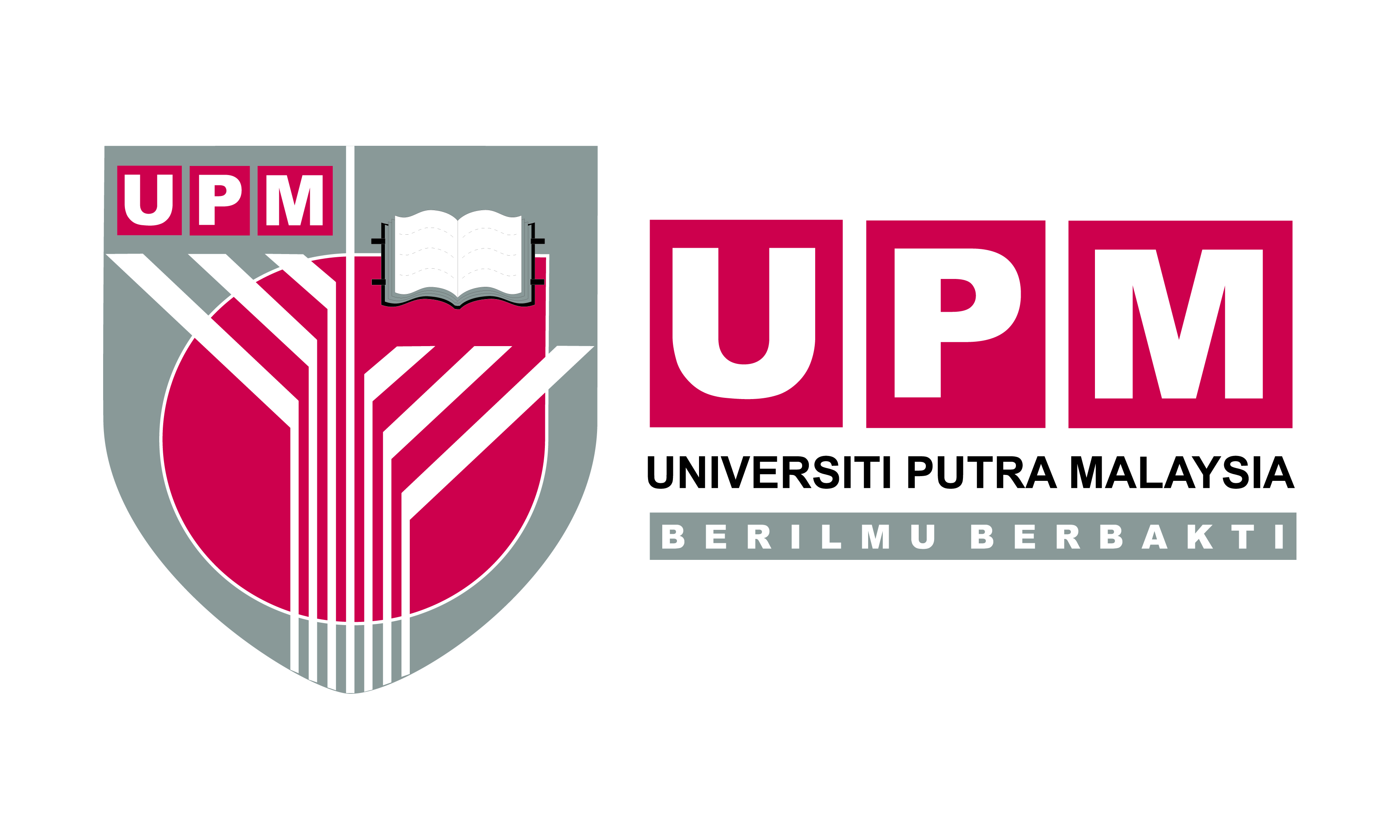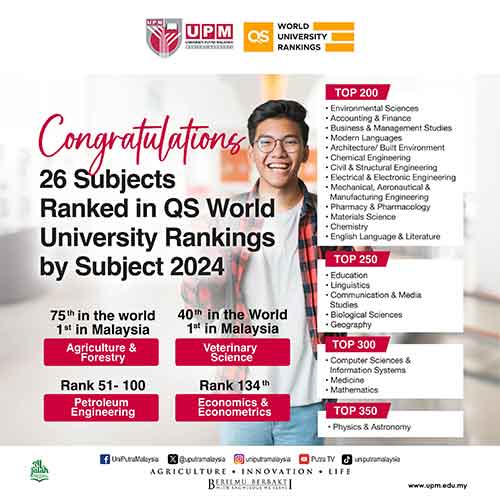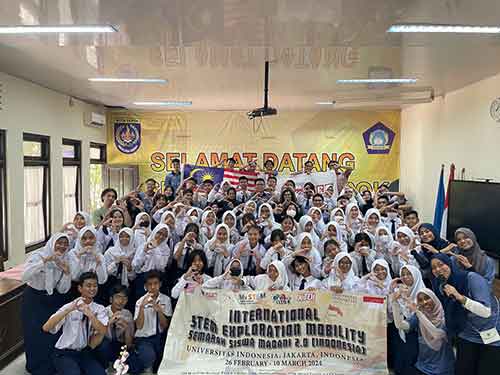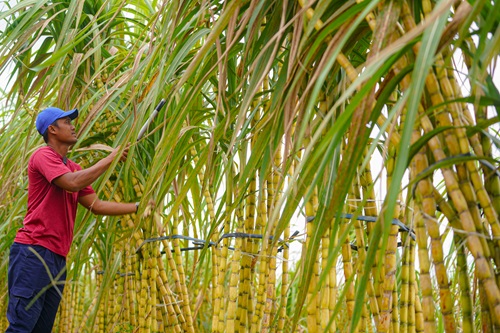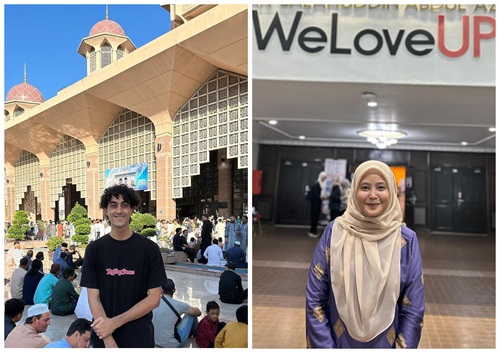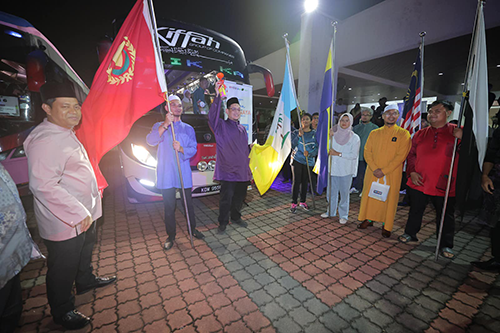By Azman Zakaria
Photo by Noor Azreen Awang
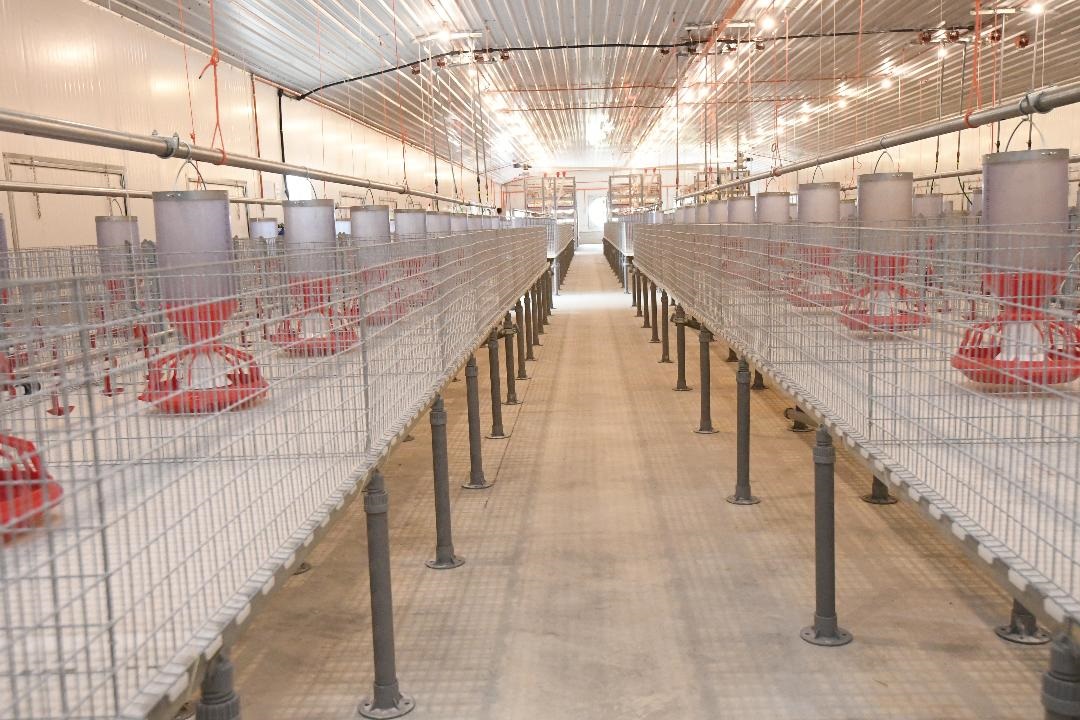
SERDANG: Universiti Putra Malaysia (UPM) now owns a state-of-the-art closed poultry house equipped with temperature and humidity control system as well as a three-storey cage that can hold about 7,500 broiler chickens.
The integration of modern technology in the infrastructure allows chickens to reach a weight of 2.4 kg between 32 and 35 days compared to between 38 and 42 days if they were reared in the open.
Apart from supplying broiler chickens, the enclosed poultry house will also allow researchers and students to conduct a variety of related research.
The 62 x 12-meter closed poultry house which costs RM750,000 to construct, is equipped with four air filters and six large fans that control air flow, temperature and odour, as well as netting to prevent flies from entering the house.
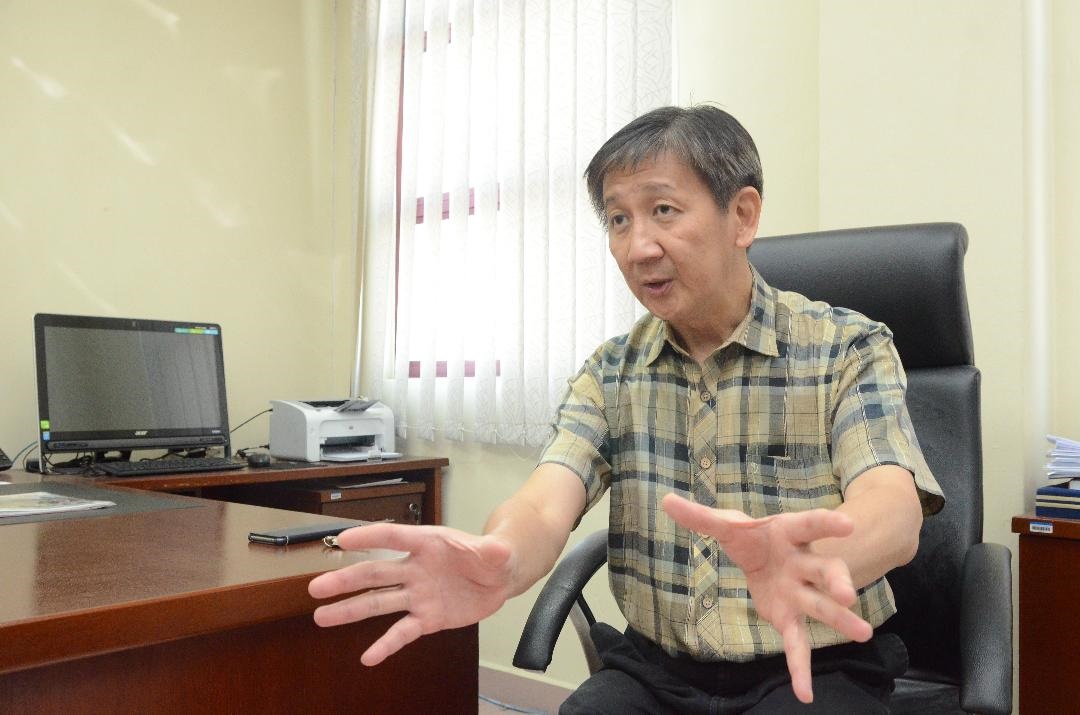
Head of the Department of Animal Science, Faculty of Agriculture, UPM, Prof. Dr. Loh Teck Chwen, said temperature and humidity control is important for proper growth of the chickens.
According to him, the temperature control system is semi-automatic, and the chickens are brought inside or taken out of the three-storey cage using a roller.
One advantage of the poultry house is that if the temperature inside the poultry house increases, the fans will start automatically and suck in cold air into the poultry house by passing it through a cooling pad with flowing water. This decreases the ambient temperature inside the poultry house.
“If the temperature is kept between 24 and 28o Celsius, and the humidity level is comfortable, the chicken weight will reach 2.4 kg between 32 and 35 days.
"The colder the temperature, the better it is for the chickens to grow," he said.
Chicken feed is channeled to the three-storey cage using a piping channel attached to a silo located at one end of the poultry house.
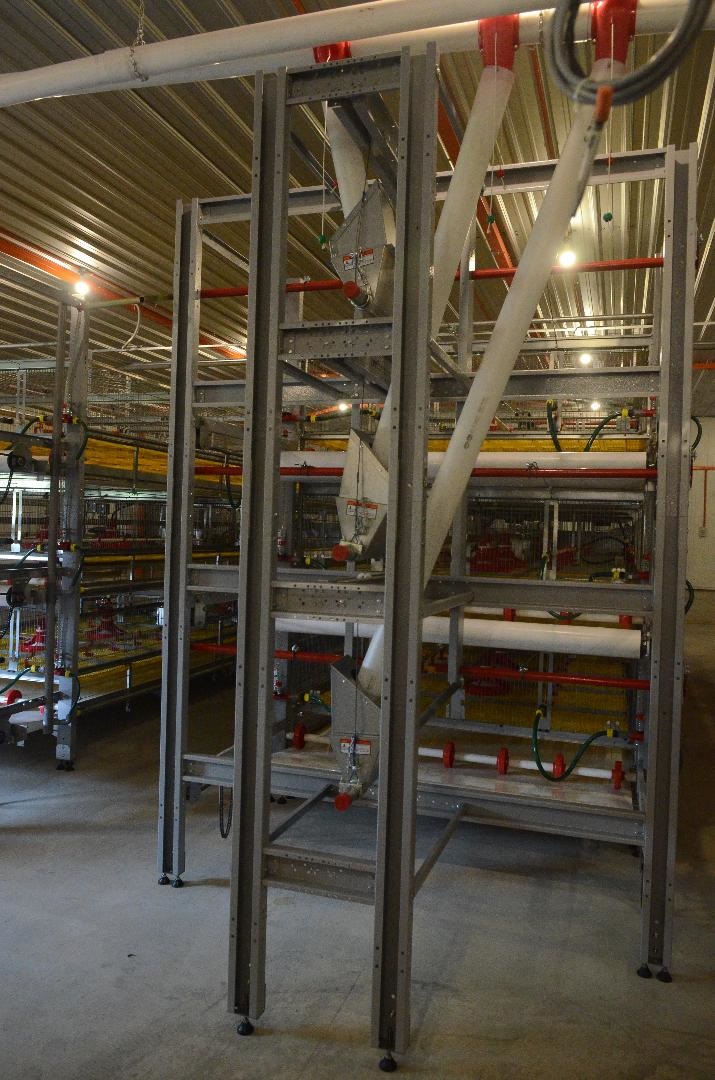
He added that controlling foul odour would also prevent the presence of flies, and the nets placed at the large fans would prevent the possibility of flies from entering the poultry house.
According to him, chicken droppings would be turned into compost fertiliser by the Organic Unit of the Faculty of Agriculture as a means to bring in revenue since compost fertiliser is considered as 'black gold.'
Prof. Dr. Loh said the idea to construct the closed poultry house was conceived by UPM Vice-Chancellor, Prof. Datin Paduka Setia Dato' Dr. Aini Ideris.
The construction of the poultry house was funded by the Malayan Flour Mills (MFM) Berhad, while the facility was provided by AGCO GSI (M) Sdn Bhd. MFM is also sponsoring three UPM’s Animal Science students who are pursuing their studies at Arkansas University, USA, starting last year. - UPM
